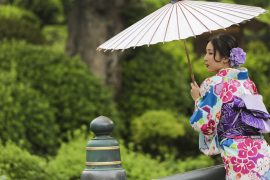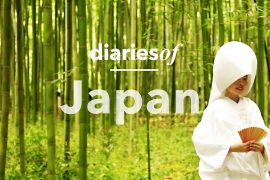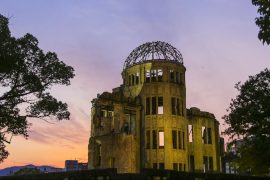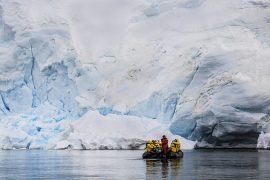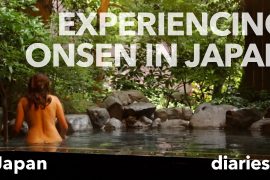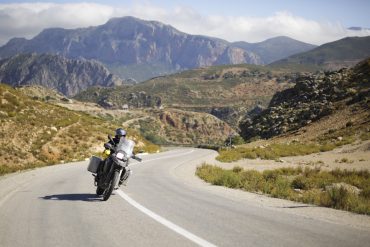First published 50 years ago, in 1971, The Inland Sea is a book based on a series of logbooks that long-time Japanese resident Donald Richie compiled during several trips to the Seto Inland Sea in the 1960s. Richie was in search of ‘old Japan’, a place where ‘people live better than anyone else because they live according to their own nature’; islands where ‘men rise with the sun and the streets are dark and silent at nine o’clock in the evening’. Although describing The Inland Sea as a ‘travel book’ seems reductive, it has retained its place in the pantheon of Japanese travel writing partly because of the desperate nature of its cause:
‘I want to see what people were like when they had time and space, because it will be one of the last opportunities
Richie writes. Indeed, this myriad of small islands, where life unfolds at a slower pace than on the mainland, seemed conducive to preserving an ancestral way of life that had been lost in other parts of Japan. Fifty years after Donald Richie, inspired by reading his book, my travel partner and I are preparing to spend a week crossing this vast lake-like expanse of water, curious to see to what extent Richie’s prophecy has come true.

We start our journey in Shodoshima, a massive mountainous island of surprising size – in fact, it’s the largest island not yet linked to the mainland by a bridge. As a result of this relative isolation, the few villages on the island are nestled in an old-fashioned atmosphere that doesn’t seem to have changed since the days of Donald Richie; he hardly met anyone here, apart from a few pilgrims who walked the path of the 88 temples of Shodoshima, modelled on its better-known ‘big brother’, the pilgrimage of the 88 temples of Shikoku. During our brief stopover, we will have just enough time to climb the gorges of Mount Kankakei, reputed to be among the most beautiful in Japan: the panorama from the summit is worthy of the best prints by an authentic Hiroshige.
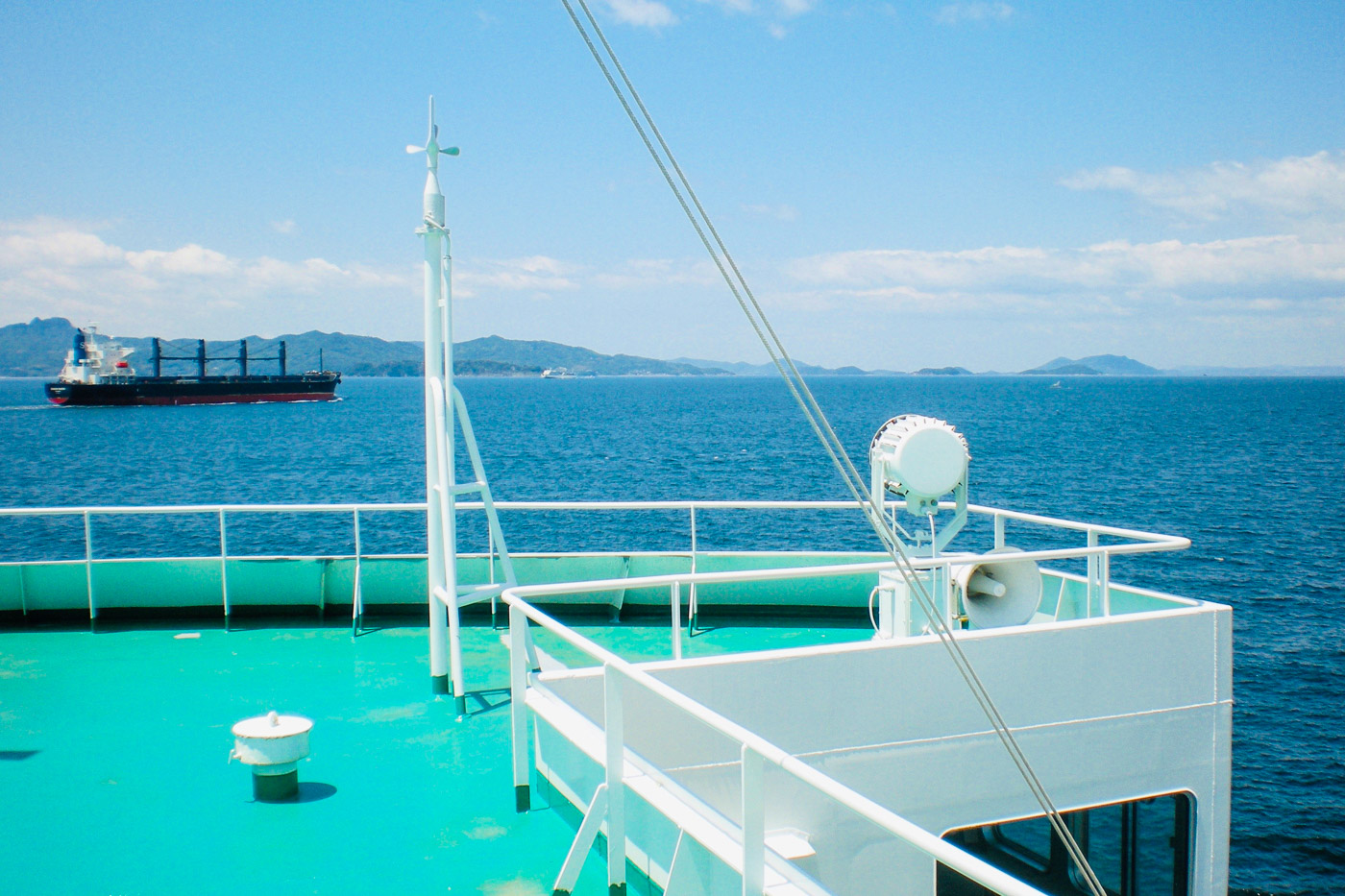
The ferry then takes us to Takamatsu, on the island of Shikoku. Here we visit one of Japan’s three major gardens, the Ritsurin-koen. Takamatsu is well known for its cultivation of Japanese pine trees, some of which are magnificent as we wander through this landscape-style garden. We conclude our visit by climbing the Yashima promontory, which offers a magnificent panorama of the Inland Sea. Yashima is also the historic site of one of the major battles in the 12th-century conflict between the Heike and Genji clans, traces of which can be found throughout the region.
The next day, we take the train back to the opposite shore, on the island of Honshu. Before reaching Kasaoka and its islands, we stop off in the market town of Kurashiki: there’s still a delicious air of the Edo period in the preserved Bikan district, with its canals and warehouses.
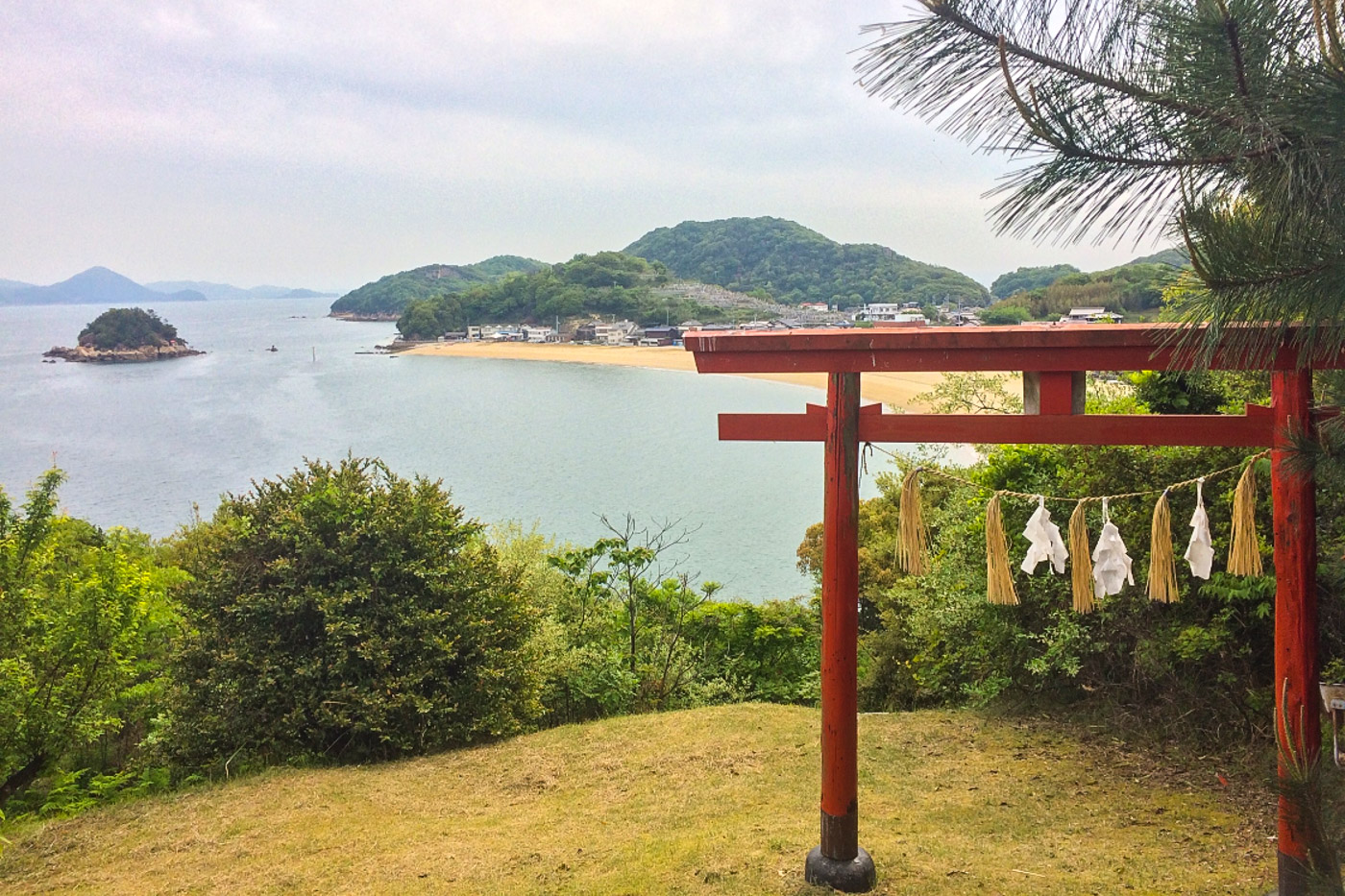
The last ferry to leave Kasaoka takes us to Shiraishijima, an island of 800 inhabitants that will be our home for the next few days. There are hardly any cars or modern buildings here; the only village consists mainly of traditional houses, surrounded by generous vegetable gardens where the inhabitants grow onions, potatoes and tangerines in a mild climate.




This is an ideal place to rest and immerse yourself in the slow pace of the Seto Islands. We stay in a small minshuku directly on the beach, and in the evening we join the locals as they prepare an oyster barbecue on the shore, with a sumptuous sunset to boot. Here we meet Amy, an American expatriate who has lived on the island for over a decade with her Australian husband. Amy is an inexhaustible source of anecdotes – in fact, she has published a beautiful book(1) that traces the traditional way of life on Shiraishijima, painting portraits of its inhabitants whose memories will disappear with their protagonists, all of whom are in their eighties.
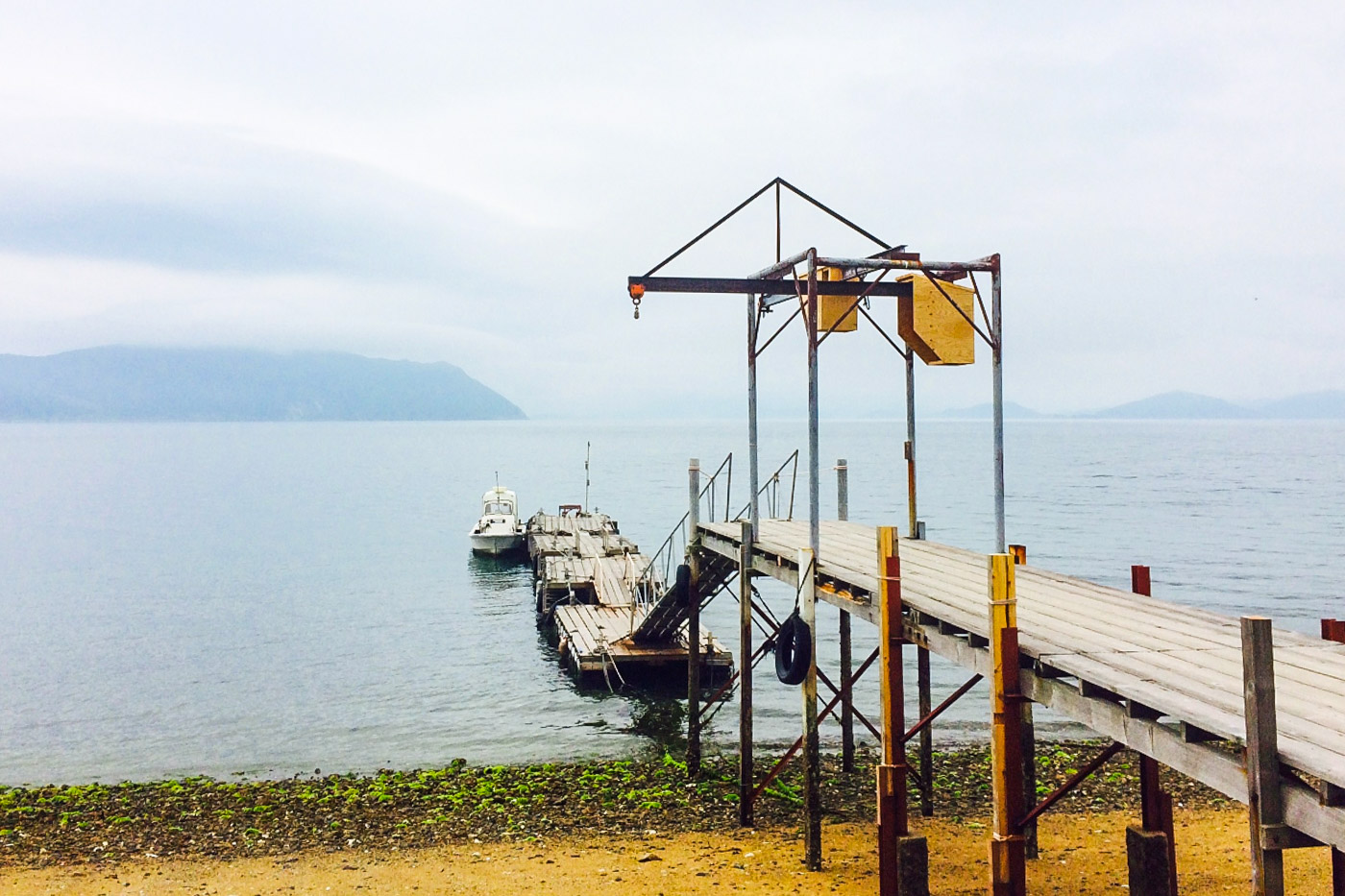
After three days immersed in silence and lush greenery, and a brief excursion to Manabeshima, the ‘island of cats’ immortalised by cartoonist Florent Chavouet(2), we found it hard to leave Shiraishijima and its friendly inhabitants; finally, we made our way once more to the Honshu coast and the local train that would take us back to Onomichi, a former nest of pirates, and yet another stop on the route of Donald Richie, whose first impressions were as follows:
‘From the sea, Onomichi is a resolutely Chinese-looking town, with houses that literally melt into the water… Since there is no space between the shore and the mountains, the town has stretched out along the shore. It spreads out like a snake in its cramped nest’.
It is from here that our journey ends, on the hills of Onomichi, in the middle of the maze of narrow streets and staircases, with a final view of the sea dotted with green and mountainous islets, which tumble between the idyll of the past and an urbanised and industrialised present.
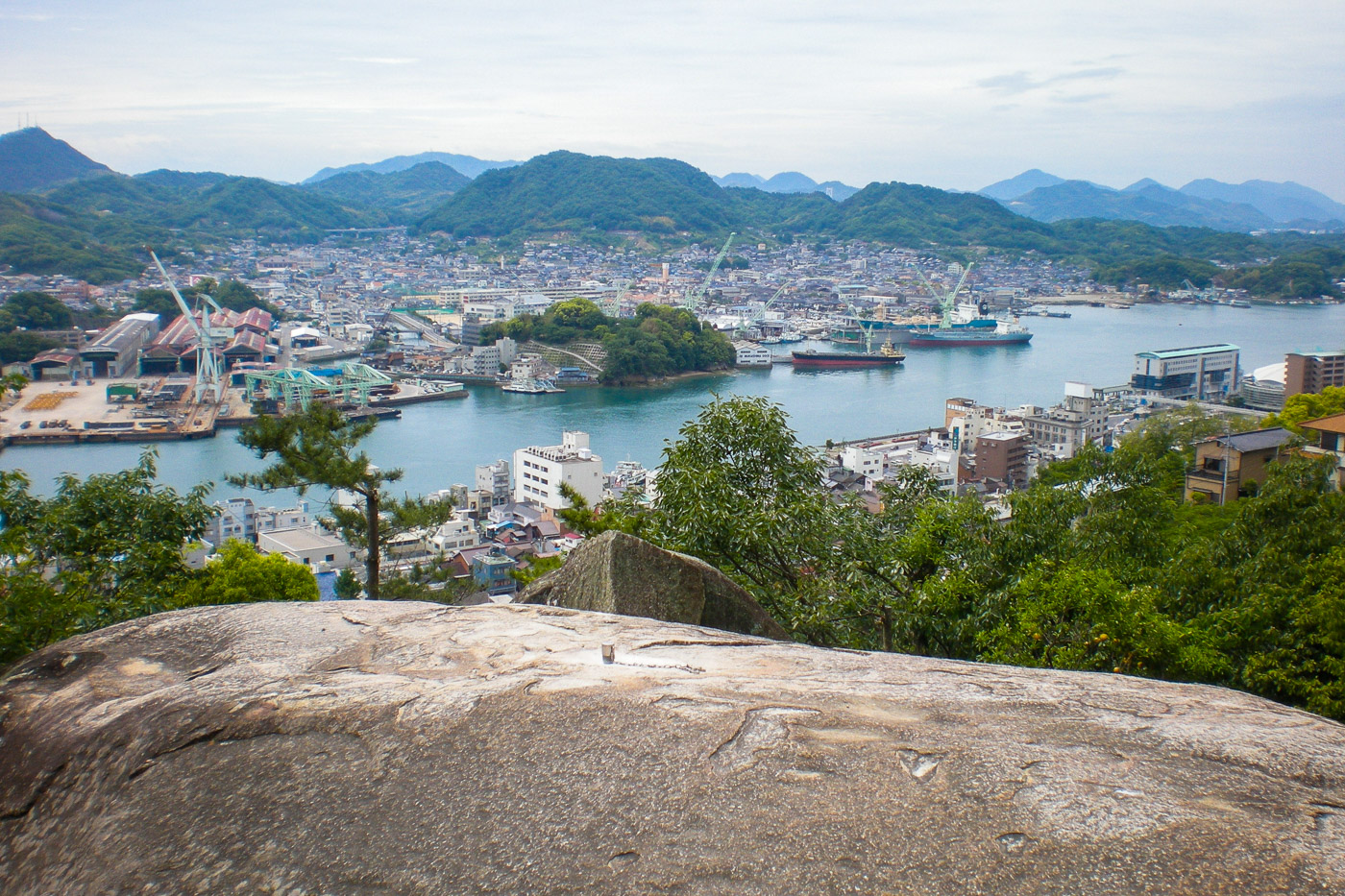
In the end, we are left with one conclusion: traces of the island Japan described in The Inland Sea still remain, fragile and ephemeral, under the threat of rural depopulation, like footprints in the sand of its deserted beaches. Once they have been erased, we are left with the memory of writers who, like Donald Richie, had the privilege of immersing themselves in a world whose nostalgia will fascinate us for a long time to come.



